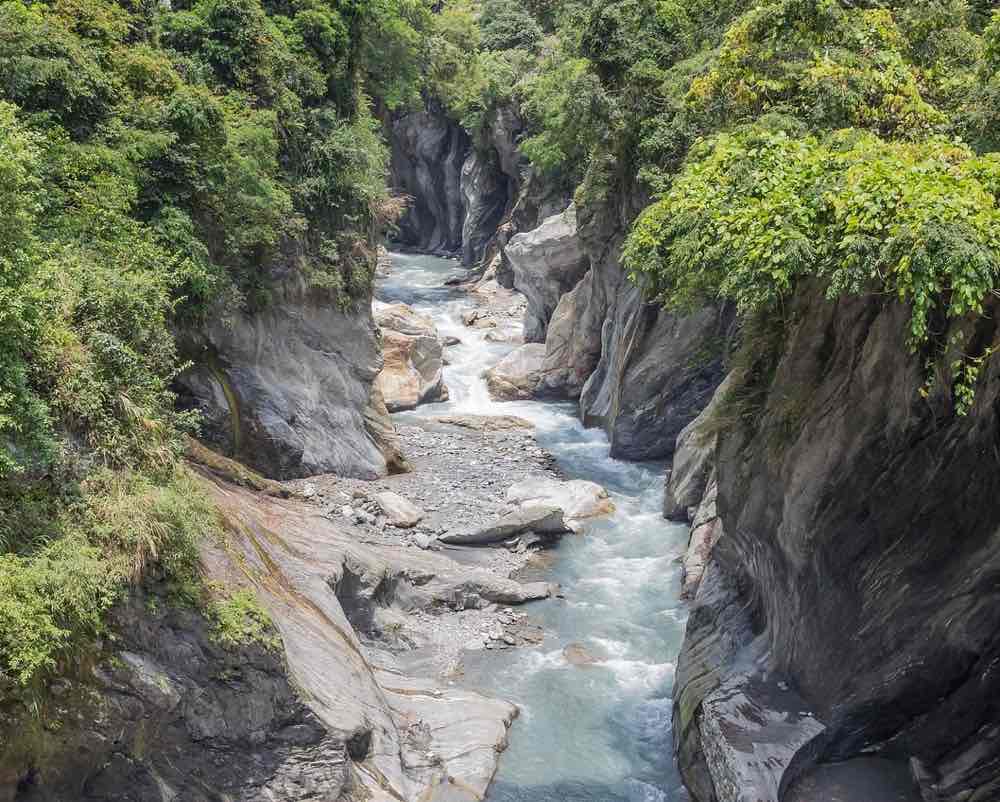In the heart of Taiwan’s mountainous interior, an extraordinary creature has captivated the world for over a century: the Formosan landlocked salmon, known to scientists as Oncorhynchus formosanus. Residing in a pristine corner of the highlands, this species is not only the southernmost salmon globally but also the sole salmon found at altitudes exceeding 1,700 m above sea level.
Researchers have diligently studied this remarkable fish, uncovering its unique traits. The Formosan landlocked salmon rarely grows beyond 40 cm in length and seldom lives more than four years. Recent research efforts have concentrated on understanding the reasons behind its population decline and identifying strategies to prevent its extinction. These endeavours include the use of miniature radio transmitters to trace the fish’s movement patterns.
To witness the habitat of the Formosan landlocked salmon, visitors are encouraged to spend a night or two in Wuling Farm, nestled within Shei-Pa National Park. The farm’s Taiwan Salmon Eco Centre displays artificially hatched salmon, offering the best opportunity to observe this species up close.
Scientists believe that this critically endangered species owes its distinctiveness to a meteor impact around 780,000 years ago. This cataclysmic event not only induced significant global cooling but also caused a reversal of the Earth’s magnetic poles. As a result, Japanese salmon ventured further south due to cooler seas and disruption of their magnetic navigation skills.
What ultimately entraps these salmon in the chilly mountain streams is not geography but temperature. Their eggs can’t hatch if the water temperature exceeds 12 degrees Celsius, and mature fish become vulnerable to fungi and bacteria when it surpasses 17 degrees Celsius. Conservation efforts primarily revolve around maintaining a cool environment for the salmon. This includes planting trees to shade the waterways, restricting agriculture in the area, and dismantling weirs that disrupted the salmon population. These measures have shown some success, but the species’ future remains uncertain.
The Formosan landlocked salmon is not the sole unique fish species in Taiwan. Among the island’s 265 freshwater species, 42 are endemics, found nowhere else on Earth. These include the Thickhead chub (Opsariichthys pachycephalus) and the Formosan river loach (Hemimyzon formosanus). Both are physically smaller than the landlocked salmon.
Taiwan’s natural wonders extend from its waters to its skies, and Life of Taiwan offers personalised private tours of taiwan to explore this fascinating destination. Get in touch with us to embark on an unforgettable journey through Asia’s hidden gem.
To read more about eco-tourism possibilities on and around this fascinating island, see: Taiwan’s Unique Natural Wonders, Part 2 and Taiwan’s Unique Natural Wonders, Part 3.


